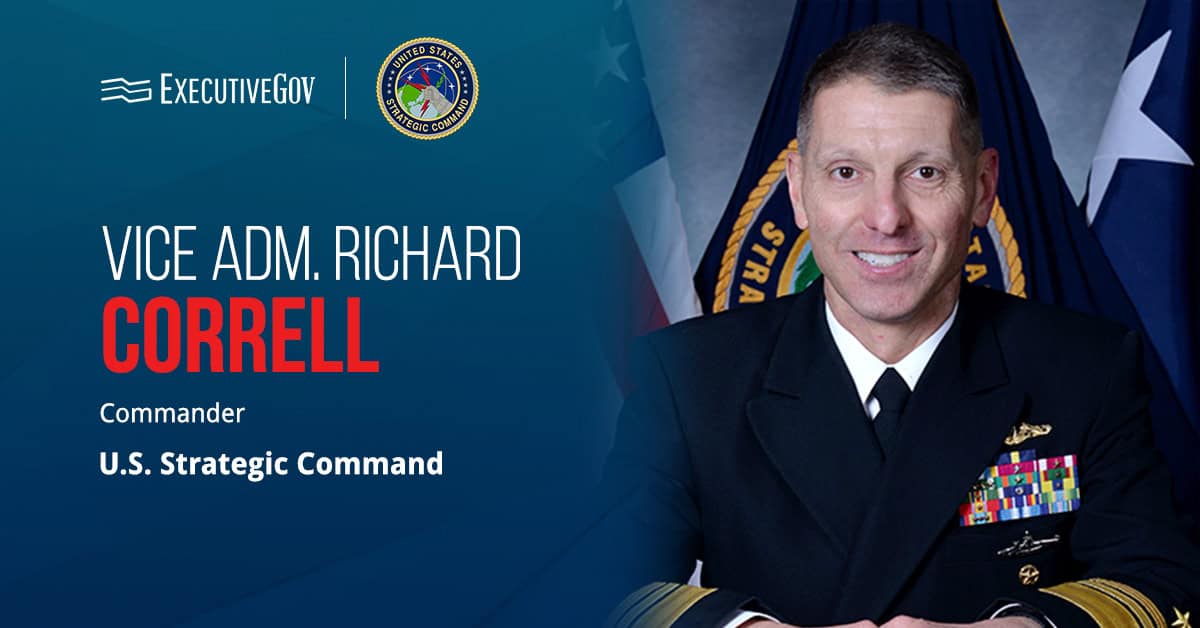 Pentagon Spokesperson Peter Cook has reiterated that budget uncertainty will endanger the U.S. military’s readiness and training programs, DoD News reported Thursday.
Pentagon Spokesperson Peter Cook has reiterated that budget uncertainty will endanger the U.S. military’s readiness and training programs, DoD News reported Thursday.Cook told reporters in Washington that the threat posed by sequestration to the readiness of the U.S. armed forces highlights the need to stabilize funding for defense operations, Lisa Ferdinando reports.
He said the Defense Department‘s $582.7 billion budget request for fiscal year 2017 accounts for the military’s needs and aims to address the services’ readiness requirements, according to the report.
Cook added that Defense Secretary Ashton Carter has maintained that modernization funding, force structure and readiness must continue after consulting directly with the services, DoD News reports.





